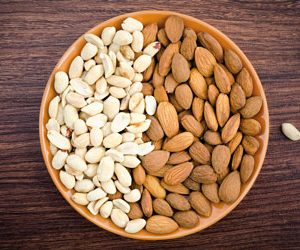Herbicide residues in genetically modified, herbicide-resistant crops
1 May 2012 | By Gijs A Kleter, RIKILT; John B Unsworth, Private Consultant and Caroline A Harris, Exponent International
Global agriculture has witnessed a continuously increasing adoption of genetically modified (GM) crops, both in terms of the area covered with these crops and the number of countries where these crops are grown. In 2011, the total worldwide acreage of these crops amounted to 160 million hectares, with the top…








